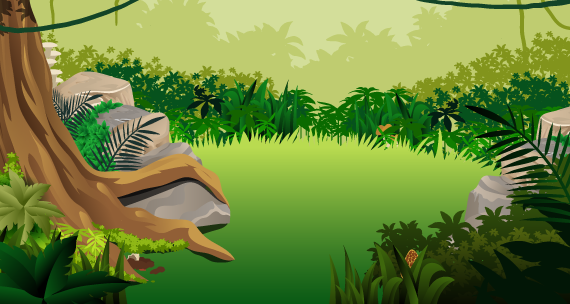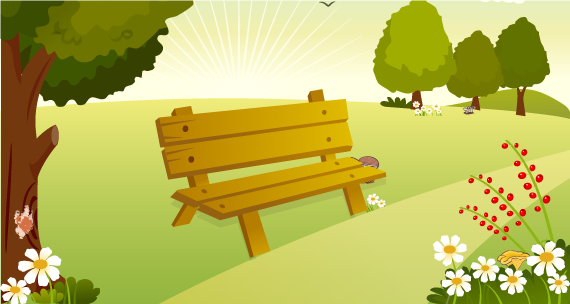Meet the Club!
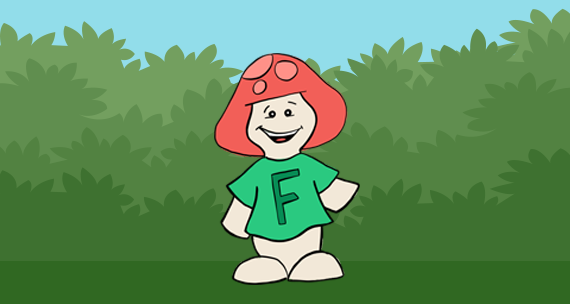
Fun Buddy
Fun Buddy is a special friend to everyone in the Mushroom Club. He loves to play with friends and makes learning about fungi cool!
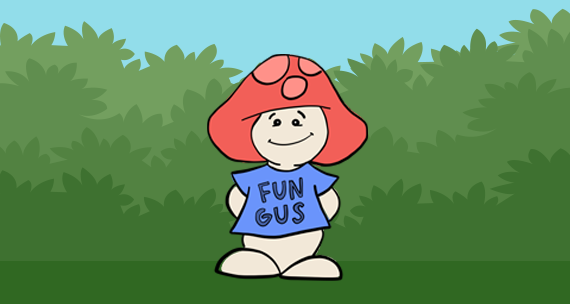
Fun Gus
Fun Gus is a very silly mushroom who loves to eat. He enjoys cooking his favorite mushroom dishes and will cook along with you!
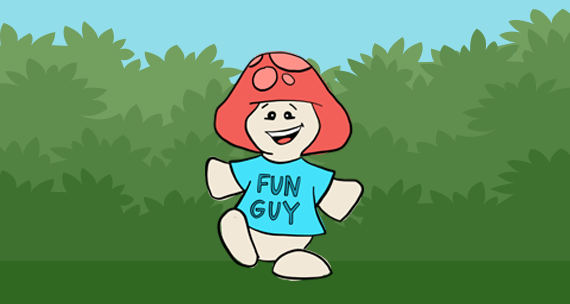
Fun Guy
Fun Guy is a very shy little mushroom. He always tags along with the rest of the gang. Fun Guy loves to meet new friends like you!

Fun Girl
Fun Girl is a really cool mushroom. She loves to show her friends the beauty of different types of fungi. Fun Girl loves to hang out with the Mushroom Club.
Experiments
Introduction
To experiment with fungi, mycologists often need to grow them. Simply allowing bread to become moldy is not an experiment. An Experiment is the test of an idea. Often, this idea is expressed in the form of the question: what? What if...? What happens when...? What kind of effect...? Experiments are designed to use the methods and materials that will give the most complete and accurate answer to an inquiry.
Designing Growth Experiments
Fungi break down and absorb orgtanic material for their nourishment, so any experiment must first provide them with food. Oxygen and moisture are also necessary. A material for the growth of fungi for experiments is called a medium. Most commercially prepared media for growing fungi are extracts of plant materials like potatoes. A medium that is specially prepared to contain only the exact nutrients required by one species of fungus is called a "Minimal medium". The choice of growth medium depends on the question that is being asked.
If the question is "What kinds of fungi grow naturally on bread?" the choice of medium is simple. You could just put a slice of bread in a plastic bag, close it to retain moisture and await mold growth. However, observing only one slice of bread would not make an effective experiment. Your chosen slice may not have any mold spores on it, or contain spores of all the species present in the loaf. It might be too dry to allow growth. You would have to use a number of bags to account for all reasonably possible growth fullures and successes. The slices of bread would be replicates. Replicates allow the treatment to be repeated often enough to allow you to determine if they results are significant or the product of random chance. You will also need to decide how to record your results.
Do you identify each species of mold by its scientific name, or do you just describe them (fluffy red colonies, white fuzzy spots, blue-grass velvet, etc.) A more complicated question requires the design of a more complicated experiment. At first glance, "What effect does the preservative in some breads have on mold growth?" seems as if it could be answered with a loaf of bread and some plastic bags, like the first experiment. However, the best experiment on the effect of a preservative on mold growth would use two loaves of bread. These loaves would be identical in preparation and ingredients, except for the pressence or absence of a preservative. The bread without the preservative would be the control and the bread containing the preservative would be the treatment. Replication of both treatment and control gives the experimenter a way to understand the effect of substance by showing what happens when it is both present and absent.
Two Methods To Grow Fungi
1. Moist Chamber
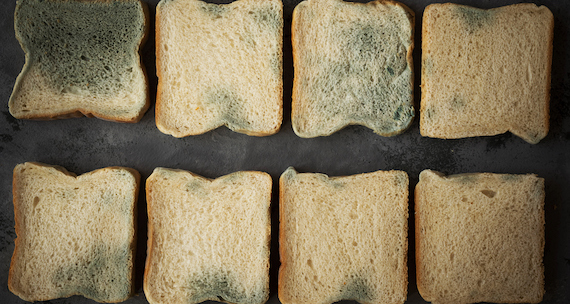
2. Yeast in Liquids
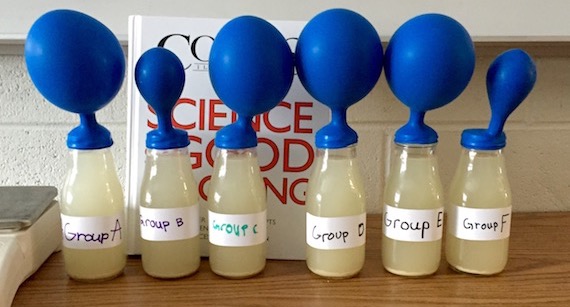
Cooking With Fun Gus
Make Yeast Bread
Did you know that yeast is alive? it is a one-celled fungus that can form spores. The Spores float in the air all around us. They are so tiny that we can only see them with a microscope. They multiply by budding. There are many different kinds of yeast. Some of them are harmful causing infections in humans and some contaminate fruits and vegetables. Others are helpful such as the yeast that we use for making bread. It is called "baker's yeast" or saccharomyces cerevisiae.
Recipe For Two Loaves Of Yeast Bread
Ingrediants
- 2 cups warm water
- 1 tbsp active dry yeast
- 2 tbsp sugar
- 1/4 cup canola oil
- 4 cups unbleached flour
- Oil to coat one bowl and the baking pans
Equipment
- 2 large mixing bowls
- Mixing spoon
- Measuring cups & spoons
- 2 oiled baking pans
- Towel to cover bowl
- Hot pads
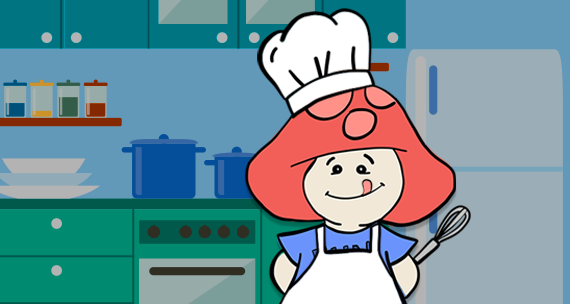
Directions
- Add water to un-greased bowl. Gently sprinkle yeast on top. Add sugar and let stand for about 10 minutes or until the surface becomes foamy. Add salt, mix, and then add oil.
- Slowly add flour in small amounts, mixing in each time, until it becomes difficult to move the spoon. Using your hands, continue to add flour until it no longer sticks to your hands. The dough should still be squeezable and form into a ball.
- Set the ball in oiled bowl. Cover with a towel. Let rise in a warm place for 2 hours or until doubled in size.
- Move the dough from the bowl to a working surface, and punch it down. Divide the dough into two balls with a knife, knead each dough ball counting 100 times. You do this by pressing the dough with the palm of one hand while foldind part of it with the other hand, it's fun!
- Shape each loaf to fit your oiled pans. Allow them to stand in a warm place for 45 minutes. In the meantime, preheat oven at 400 degrees for 15 minutes. Bake the loaves for 25 to 30 minutes. Bake the loaves for 25 to 30 minutes, until brown. Always protect your hands when handling hot pans! Ask an adult to carefully turn the loaf out on to a folded dishtowl or other cloth and lightly lap the bottom. The bottom part of the crust will be lighter than the top of the loaf, but it should be dry, and the loaf should sound hollow when tapped. If the loaf does not sem done, use the towel to carefully put the loaf back into the pan, bake fore five more minutes, and test again. When the loaf is done, keep it out of the pan and cool it on a rack or towel. Do not wrap the loaf until it is completely cool, to delay the formation of mold. Warm bread has a lot of steam in it. If you wrap your bread before all the steam has escaped, you will be crating a mold growth chamber. However, do wrap your bread as soon as it is completely cool because it has no preservatives in it, and it will go stale if left out in the air.
Once you learn how to make yeast bread, you can bake breads with different types of flour; use seeds and nuts in the batter; even make sweet breads. You will find many wonderful recipes in cook books.
Definition
BUDDING: A reproduced swelling or projection on the body of some lower animals, as sponges, that develops into a new individual.


